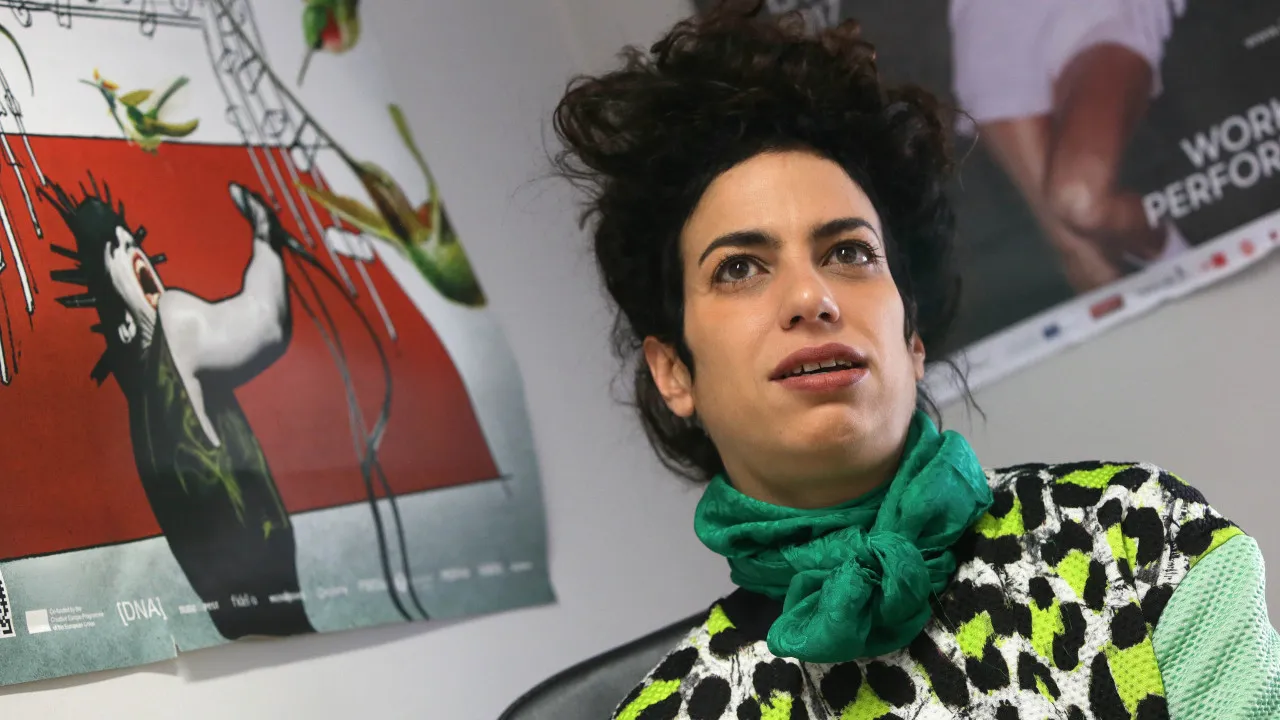The tradition of offering money at the Lunar New Year to wish luck and ward off evil spirits originated more than two thousand years ago in China and is maintained by many Portuguese in Macau.
When handing over a ‘lai-si’ for the Lunar New Year, Rui Barbosa and Ana Dias respect the ritual. Tradition dictates that the bearer of this small envelope should do so with both hands.
“Whenever possible with both hands,” the Portuguese woman told Lusa. “I also follow the rules of when you start giving,” says Rui.
The ‘lai-si’ envelopes, as they say in Cantonese (in Mandarin it’s ‘hong bao’), are distributed in China and other Southeast Asian countries on special occasions, such as weddings or during the Lunar New Year, which starts this Saturday.
Small, red – an auspicious color – and printed with gold characters. This is the most common appearance of the envelopes, which at this time match the streets of Macau, lined with red lanterns or other festive decorations, and stores selling posters of the god of Fortune, with messages of luck, or fish, a symbol of abundance in Chinese culture.
“The ‘lai-si’ especially have a cultural significance, it’s a way of integrating into the customs of the place where we live,” says Rui Barbosa.
Having lived in the area for 17 years, the civil engineer notes that this is common practice in the construction industry, perhaps because a lot of the workforce comes from mainland China and waits for their bosses to make a move.
Ana Dias, who works promoting the Portuguese language, has been in Macau for 14 years. She embraced the custom out of respect for traditions and to “participate culturally in the society” in which she lives. She admits that for those on low incomes, this “is a nice boost” to their finances.
“The ‘lai-si’ means to convey wishes for economic relief – Chinese colleagues talk about money circulating,” he continues.
Ana puts notes of 50 or 100 patacas (5.76 or 11.52 euros) in the small envelopes and gives them, for example, to the doormen of the building where she lives, cleaning staff and friends’ children. Rui, on the other hand, distributes the monetary gifts the week after the festivities, as many people are away on holidays.

Tradition has it that envelopes should be given by married people to unmarried young people, although nowadays the boundaries between what should and shouldn’t be done are becoming increasingly blurred. The same goes for the delivery date, or even the amount offered.
In Guangdong, the country’s richest province, which includes Macau, it’s mostly 10 or 20 yuan (1.3 or 2.6 euros) and is a more symbolic act, says Wang Yu, a specialist in China’s cultural history.
But if we move up the map, towards regions with weaker economies, the figures can skyrocket. The academic from the History department of the University of Macau suggests that this is a way of helping people in difficulty or even a question of status: “If you give a lot of money, it means that you have money, that you earn well”.
In the teacher’s childhood in the central-eastern province of Anhui, the practice had a bittersweet taste. “My parents were always anxious about the new year, because we had a big family and they had to give a lot of money,” he recalls.
That’s how the money Wang collected ended up being used to pay bills. “Happiness only lasted one night,” he says.
But where did the ‘lai-si’ come from? The academic says that the custom became popular in the last Chinese dynasties, the Ming (1368-1644) and Qing (1644-1911). However, the idea dates back to the Han period (202 BC – 9 BC; 25-220), when metal coins with inscriptions were offered to ward off evil spirits.
Money acquired a central role in the Song dynasty (960-1279), a practice restricted to a group close to the emperor. “Commercial culture was very popular and some academics argue that, if we look at the origins of Chinese capitalism, they can be traced back to the Song dynasty,” he says.
It’s a habit that has been transformed and is now seeking answers to the digital revolution, with cell phone applications allowing virtual red envelopes to reach the other side of the planet.
A materialistic tradition? Rui Barbosa speaks of an “essentially symbolic” act, similar to the gift-giving at Christmas. Ana Dias reflects: “Symbolic on the one hand, because many people who receive also give and vice versa – the idea of money circulating – and materialistic, in the pragmatic Chinese spirit of valuing the economic plan.”
Macau artist Eric Fok argues that this is a useful method to help young people develop a sense of saving. He admits that he prefers physical envelopes, which “allow you to touch them, to feel the warmth”.
Ana Dias didn’t buy into the technology either. “Although they are more ecological, it seems to me that virtual ‘lai-si’ lose the charm associated with the ritual”
In the last seven years, 13.69 million ‘lai-si’ envelopes have been collected by local authorities, with the possibility of reusing 3.43 million, according to data from the Environmental Protection Services Directorate.








